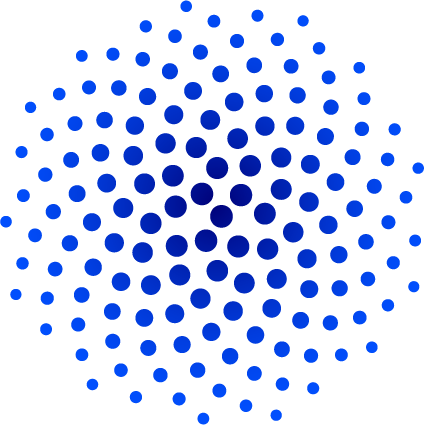What is People Analytics? A Plain-English Guide for Leaders Who Want Real Results
As a leader, you make critical decisions every day. When it comes to finance, marketing, or operations, you rely on data such as cash flow statements, market share analysis, and supply chain metrics. You demand clear, objective information to guide your strategy.
So, here’s a question: Why are decisions about your most valuable asset, your people, still so often based on guesswork, gut feelings, and intuition?
This is the problem that People Analytics solves.
Think of it as a comprehensive blood test for your organization. It’s the practice of using data to understand and improve the human side of your business, transforming people management from an art into a science. This guide will cut through the jargon and explain in plain English what people analytics is, what it can do, and how it drives real business results.
Moving Beyond Guesswork: What Questions Can People Analytics Answer?
At its core, HR analytics is about connecting people data to business outcomes. It’s not about surveillance; it's about insight. It helps you move from vague feelings like "I think morale is low" to precise, answerable questions.
A robust people analytics strategy can answer critical questions that were previously unanswerable:
On Retention: Instead of asking, "Why are people leaving?" you can ask, "Why are our top-performing female engineers in the R&D department leaving after exactly two years, and how does this correlate with their stated lack of mentorship opportunities?"
On Productivity: Instead of asking, "How can we make people work harder?" you can ask, "Are our new managers creating environments that foster psychological safety and productivity, or are their teams showing early signs of burnout that present a future performance risk?"
On Engagement: Instead of asking, "Are people happy?" you can ask, "Which specific factors—compensation, work-life balance, or leadership—are most negatively impacting the engagement scores of our customer service team, and what can we do about it?"
On Growth: Instead of asking, "Who should we promote?" you can ask, "Which employees demonstrate the highest potential for future leadership roles, and what is the current health of our leadership pipeline?"
The Crucial Difference Between Data and Diagnostics
Many organizations are data-rich but information-poor. They have HR information systems, run annual surveys, and collect performance reviews. They are sitting on a mountain of data but have no clear story to tell.
This is the difference between raw data and a true diagnostic.
Having raw employee data analysis is like having a list of all the chemical compounds in a blood sample. It's technically accurate, but not very useful. A diagnostic is the doctor's report that analyzes those compounds, identifies patterns, and tells you what it all means for your health.
A true diagnostic report doesn’t just show you numbers; it reveals the connections between them. It shows you how a dip in perceived work-life balance is leading to a drop in engagement, which in turn is a leading indicator for turnover in a specific department.
Quintaum: Your Partner in People Analytics
Quintaum was founded on a simple principle: leaders don't need more spreadsheets; they need clarity. We are not just a data company; we are a diagnostics company.
Our solution was designed to be the "doctor's report" for your organization's health. Using validated psychometrics and a holistic model, our system connects the dots between employee well-being, life experience, leadership effectiveness, and growth potential. We transform complex, noisy data into a clear, strategic roadmap for your business intelligence HR strategy.
We show you exactly where you are strong, where you are vulnerable, and what levers you can pull to make the most meaningful impact on your people and your performance.
Stop Guessing. Start Knowing.
In today's competitive landscape, leading with intuition alone is a critical disadvantage. Your competitors are already using data to build smarter, faster, and healthier teams.
People analytics offers a more intelligent way to lead; one that’s built on evidence, not assumptions. It allows you to invest in the people strategies that will drive real, measurable results for your organization.
Are you ready to stop guessing and start knowing what truly drives your organization?
See how Quintaum makes people analytics simple, powerful, and actionable. Get your personalized introduction to Quintaum.




